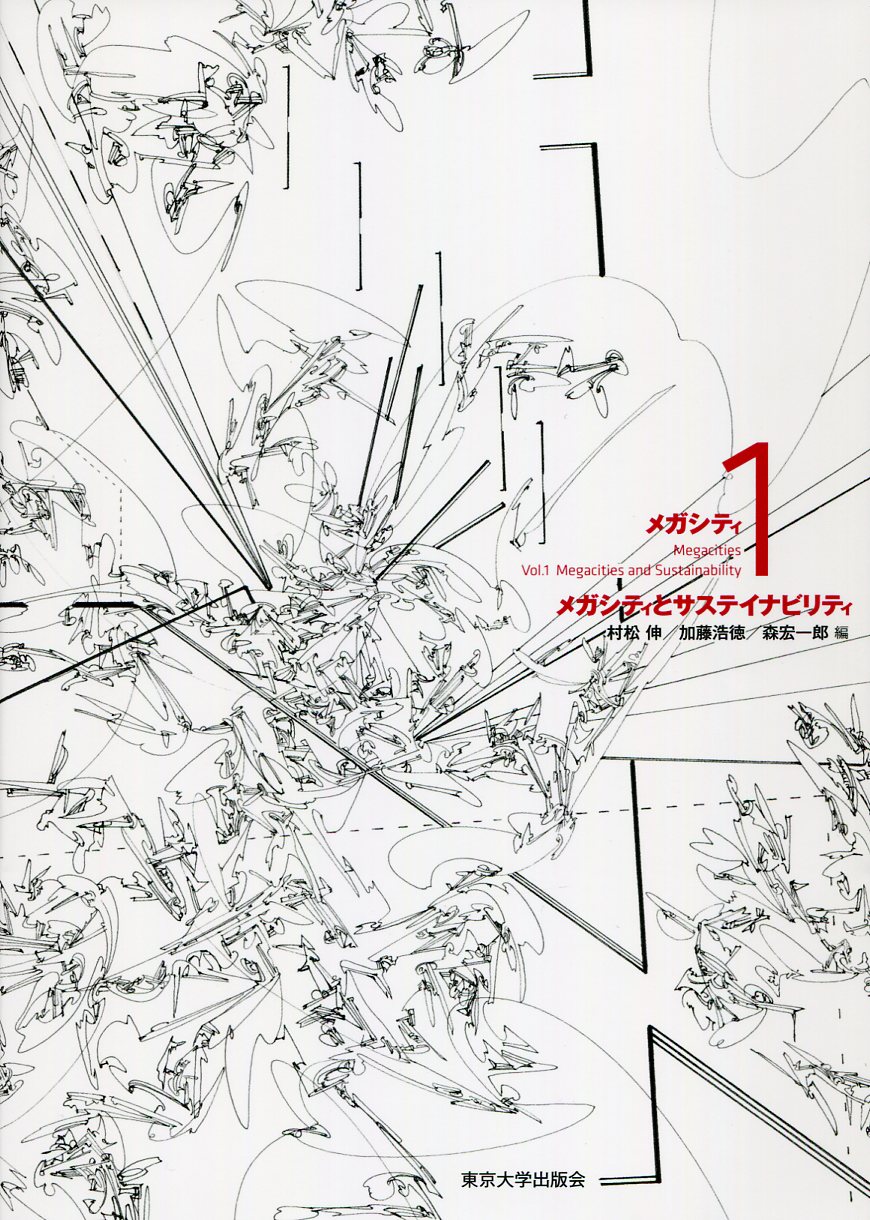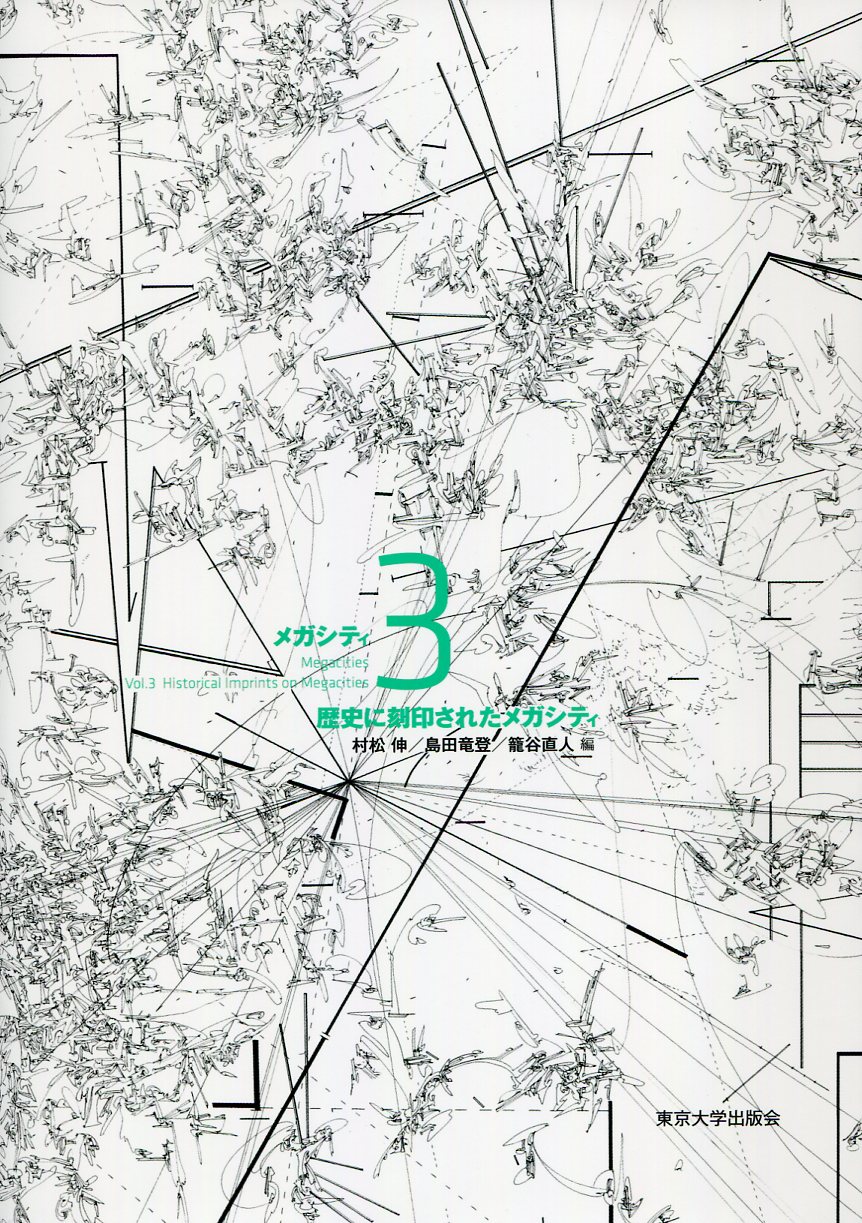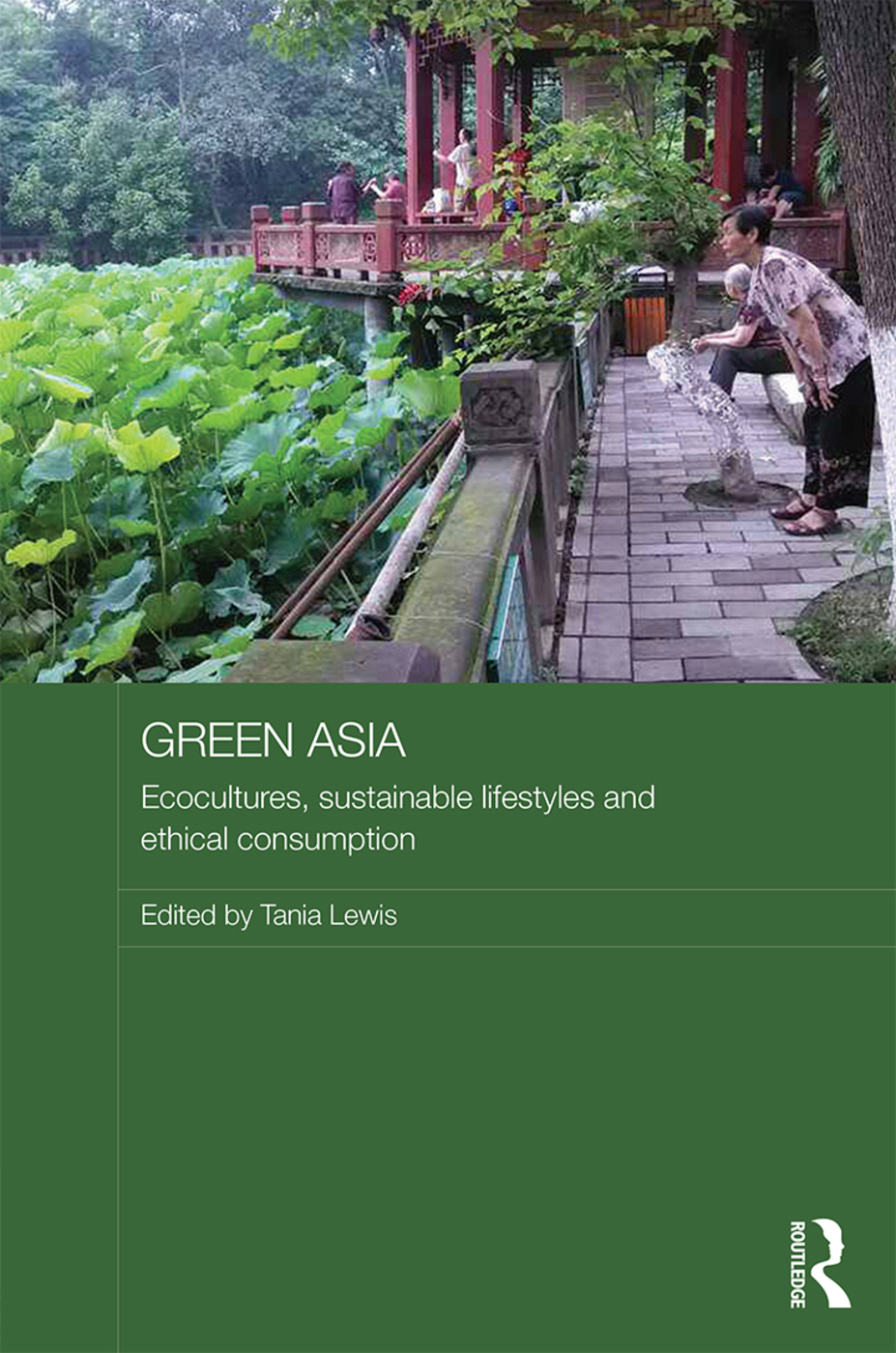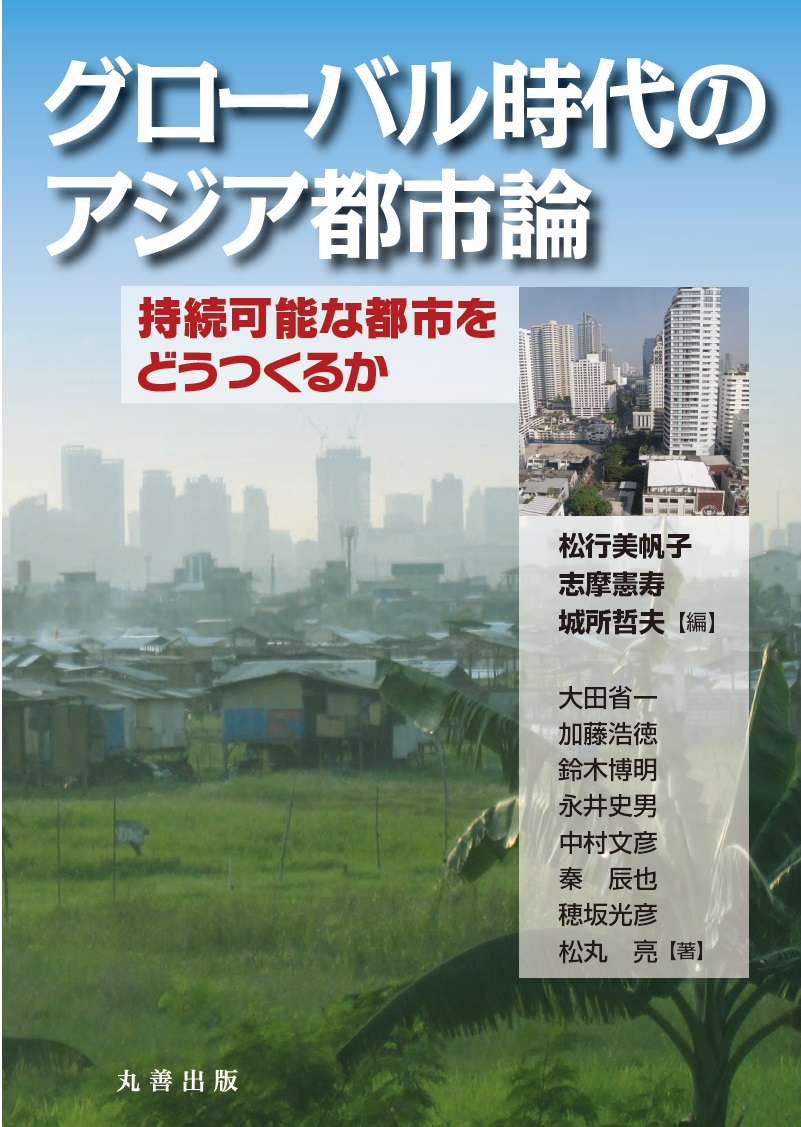
Title
Megacity Megacities to Sustainability (Megacities and Sustainability)
Size
304 pages, A5 format
Language
Japanese
Released
August 12, 2016
ISBN
978-4-13-065151-6
Published by
University of Tokyo Press
Book Info
See Book Availability at Library
Japanese Page
The sustainable future of human life on earth largely depends on megacities, that is, cities with over 10 million inhabitants. As the world’s population is set to grow to over 10 billion by the end of the 21st century, the number of megacities is also expected to increase rapidly. Since megacities have a huge population and high population density, they create an enormous amount of environmental problems.
Cities, including megacities, have been considered major areas of human inhabitation. Our planet is under threat from global-level damage as a result of emissions of greenhouse gases, mass consumption of natural and maritime resources, and ocean pollution, as well as from local-level damage such as the disposal of massive waste, water pollution in rivers, and severe epidemics. Regardless, the birth of cities is considered an epoch in human civilization, comparable with the first use of fire and the invention of agriculture. Cities have contributed significantly to human development. They have attracted people from rural areas, provided them with education, social welfare, safety and security, and have also promoted great inventions and discoveries.
This book is the introductory volume of a series of six books. We aim to rethink the meaning of megacities in a long history of human beings by reexamining the popular viewpoint that considers megacities as contributors to global environmental problems. The book first presents the principles of a desirable vision of megacities and proposes approaches to attain these goals. They include “radical incrementalism with long-term visions;” the City Sustainability Index (CSI), a tool to assess megacities; the concept of “city’s regional ecological ecosphere;” and modeling of urban economies in emerging megacities and solutions to environmental issues. The book also presents a “megacity scenario-based approach” as a solution to the global environmental problems caused by megacities. It provides potential solutions to urban sprawl and densification in megacities in the Monsoon Asian city’s regional ecosphere.
This book is unique in that it extends essential and original understandings and solutions to negative impacts of megacities on the global environment, which have never been demonstrated before. It does not only carry out “analyses” but also puts forward “solutions.” This book is a summary of the achievements of a major research project in which over 100 researchers participated. Although a project of this scale often produces a simple aggregation of fragmented outputs from each researcher, this project has successfully integrated diverse directions of all project members and unified their accomplishments both in academic and enlightenment aspects.
We highly recommend the book to those who are interested in understanding the complex interactions between megacities and the global environment and in finding solutions to global problems, and contributions to the development of megacities with their unique characteristics.
(Written by Hironori Kato, Professor, School of Engineering / 2018)



 Find a book
Find a book




